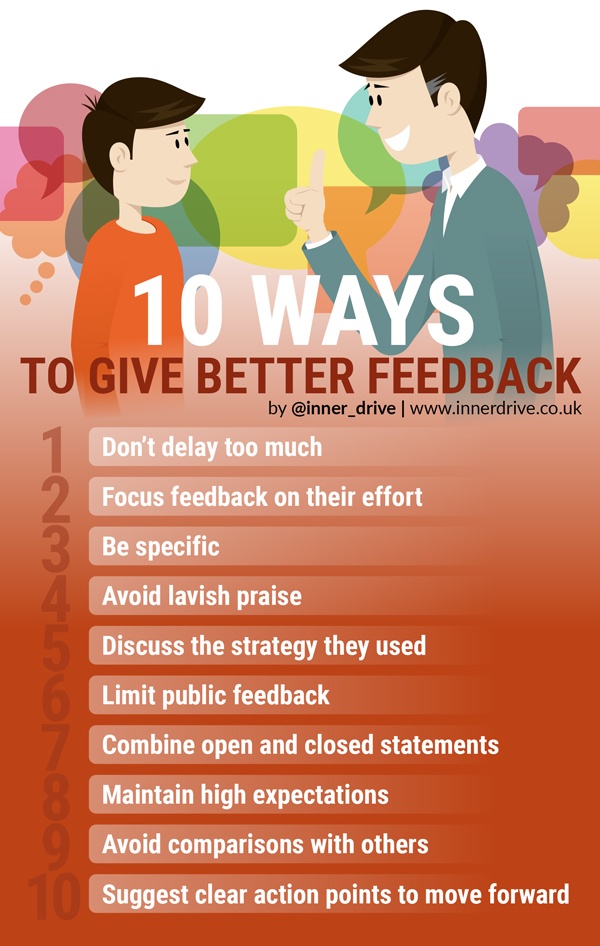Are your athletes different than you were at their age? Of course they are, and that is why we must coach them differently than we were coached. In this post get 22 Tips for coaching today’s athletes.
By Alan Stein, Basketball Strength and Conditioning Expert
As Notorious B.I.G. once said, ‘Things done changed.’
One of the biggest changes to our society as a whole has been technology… more specifically the Internet… and even more specifically… mobile smartphones and social media.
What does that have to do with athletics?
Everything.
Sports have always been and will always be an interpersonal activity that requires human connection and communication.
Coaching is all about building quality relationships. As they say, ‘it ain’t about the X’s and O’s… it’s about the Jimmy’s and Joe’s.’
But because of things like social media and the ‘everyone gets a trophy’ mentality, the Jimmy’s and Joe’s of 2015 are not the same as they were in 1995.
And even though we can’t stop the waves… we can all learn to surf.
Here are 22 tips for coaching today’s players…
- Find out how to truly connect with your players. Find out what makes them tick, what motivates them and what is the best way to coach them (in front of their peers and behind closed doors).
- Embrace social media and technology… it’s not going anywhere. It’s important to your players, so it needs to be important to you.
- Learn to speak their language (I am not referring to profanity). The top 2 ways players communicate today is through text message and social media (particularly Instagram and Twitter). Learn to use those platforms.
- Understand this: consistency breeds excellence – excellence breeds trust – trust breeds loyalty – loyalty builds a strong program. Be consistent with everything you do. Players won’t respect you if you don’t.
- Encourage this 3-step mistake policy with your players – Admit it. Fix it. Don’t repeat it! The first time it is a mistake. The second time it is a decision.
- Coach attitude and effort before X’s and O’s. Without proper attitude and effort the X’s and O’s don’t matter.
- Clearly articulate your core values, principles and each player’s role. These are non-negotiable. They make up your program’s culture.
- Players want to know the why behind everything. So tell them! Explain why you do what you do, why you believe what you believe, and why you expect ABC from them. The higher the perceived relevance, the higher the buy-in. And at the end of the day, a coach’s #1 job is to get buy-in from every member of the program.
- Social media has created an abundance of superficial ‘friends’ – make sure your players know you truly care about them (on and off the court). That you have their back.
- Don’t try to be ‘friends’ with your players. If you are too close to them personally you can’t hold them accountable. You should be a role model, a teacher and a mentor… but not a buddy.
- Players all learn differently. Make sure you can effectively teach each type of learner (audio, visual, intrapersonal).
- Players want to show their individuality (shoes, haircuts and especially with pre-game starting line-up announcement antics and routines). Don’t fight it. Have some leniency within your program rules. Respectfully, today’s idols and role models are a lot different.
- Create a climate and culture that values people over productivity. Your players must know you care about them as a human being first and a player second.
- If you want to know if you are a good coach…ask your worst player.
- You’re either coaching it or you are allowing it to happen. You either accept it or correct it.
- Replace ‘but’ with ‘now’ when instructing a player. For example, “I like your release, now try to get your elbow over your knee.” This minor change will make a huge impact.
- Focus on what your players can be… not what they are.
- Science shows that most people have a pretty firm definition of what is right and wrong by age 13. Hold them accountable. Ignorance is not an excuse. However, learn to choose your battles. Kids will be kids. If a players posts something stupid on social media… don’t condemn them for life. Use it to teach a life lesson. Hold them accountable, but use it to teach.
- Players actually want to be held accountable. It shows them that you care and are invested in their success.
- Most of the players today have grown up in the ‘trophy generation’ – which has created an immense sense of entitlement. Players need to learn another ‘E’ word… earn. Create a system where players have to earn
- Players today want to play immediately. They don’t understand the concept of ‘right of passage.’ Freshman want to play varsity. Young players want to play serious minutes. Learn to channel this desire but keep them focused on the process and the long term.
- One of the biggest changes between the players of 1995 and 2015 is with the parents. Parents are much more involved and much more vocal (especially on social media). Parents can be a tremendous support system… or they can be a total thorn.
I’m honored to be in the coaching fraternity.Alan SteinHardwood Hustle Blog
http://www.About.me/AlanStein
